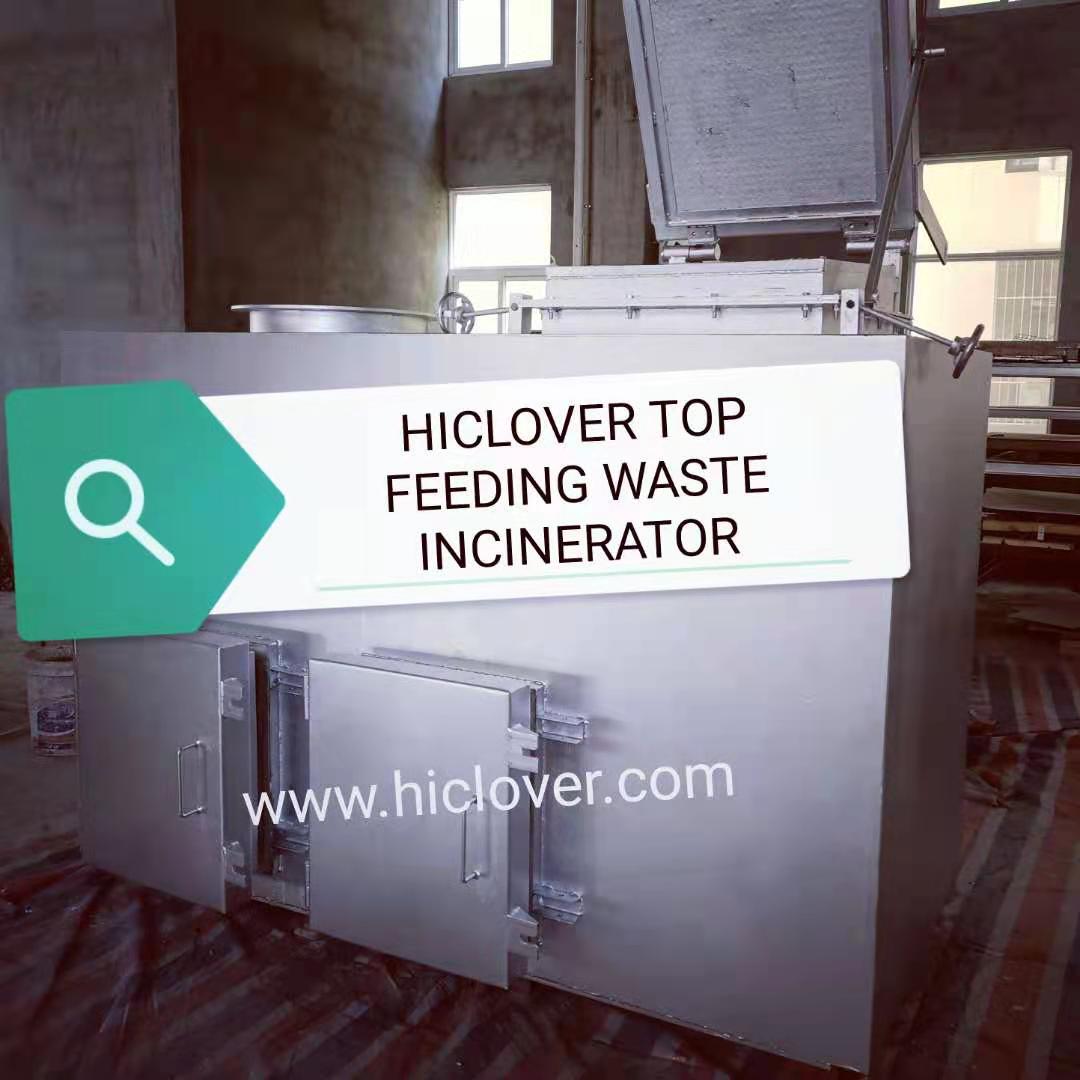Environmental Impact Assessment (EIA) is a critical process for evaluating the potential environmental effects of a proposed project or development. This is particularly important for incinerators, which can have significant impacts on the environment and public health. To improve the accuracy and effectiveness of EIA for incinerators, it is essential to incorporate quantitative Bordereau, or a detailed itemized list, of potential impacts.
Quantitative Bordereau is a systematic and quantitative approach to identify, assess, and mitigate the potential impacts of a project. It provides a comprehensive and standardized framework for evaluating the environmental effects of incinerators, including air emissions, water usage, waste generation, and noise pollution.
One of the key advantages of using a quantitative Bordereau for incinerator EIAs is that it provides a clear and transparent process for assessing and comparing the potential environmental impacts of different incinerator designs and operational scenarios. This can help decision-makers and stakeholders to make informed choices about the most environmentally friendly and sustainable options for waste management.
Furthermore, a quantitative Bordereau can also help to identify and prioritize potential mitigation measures to reduce the environmental impacts of incinerators. By quantifying the potential impacts of incinerators, stakeholders can better understand the trade-offs between different options and make decisions that minimize harm to the environment and public health.
In addition, a quantitative Bordereau can also improve the accuracy of impact predictions. By providing a detailed breakdown of potential impacts, it allows for more precise and reliable assessments of the environmental effects of incinerators. This can help to reduce uncertainty and disagreement about the potential impacts of incinerators, leading to more effective decision-making and environmental protection.
Furthermore, a quantitative Bordereau can also improve the overall credibility and transparency of EIA processes for incinerators. By providing a standardized and systematic approach to impact assessment, it can enhance the credibility of the EIA process and provide greater confidence to decision-makers and the public that all potential impacts have been properly considered and addressed.
In summary, incorporating a quantitative Bordereau into the EIA process for incinerators can lead to more accurate and effective assessments of environmental impacts. This can help to inform decision-making, reduce uncertainty, and improve the overall sustainability and environmental performance of incinerator projects. As the demand for more sustainable waste management practices continues to grow, the use of quantitative Bordereau in EIA for incinerators will become increasingly important in ensuring that these facilities are designed and operated in a manner that minimizes their environmental impact.



